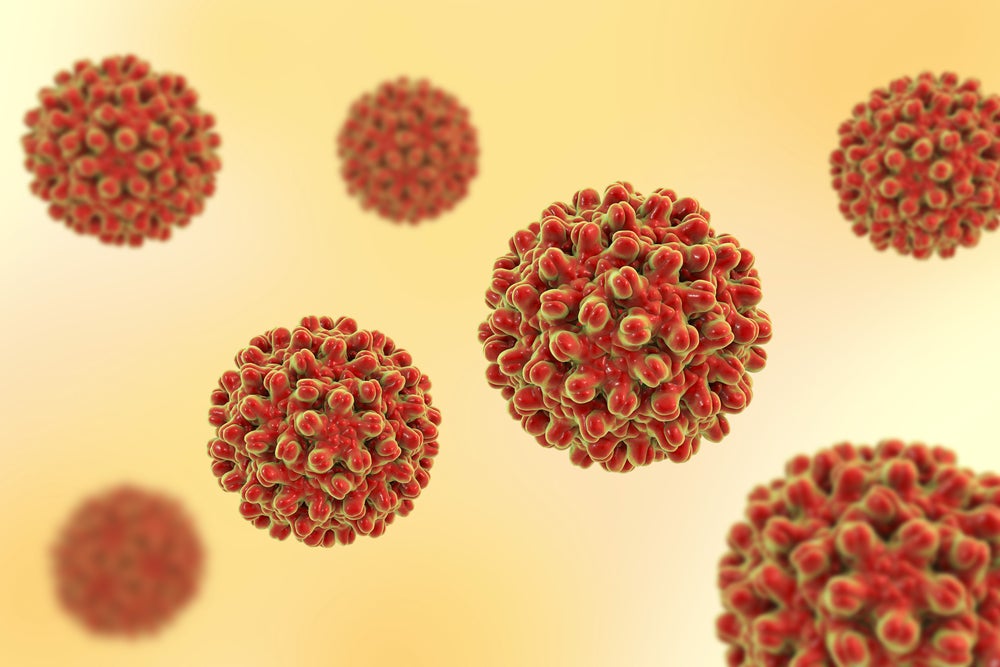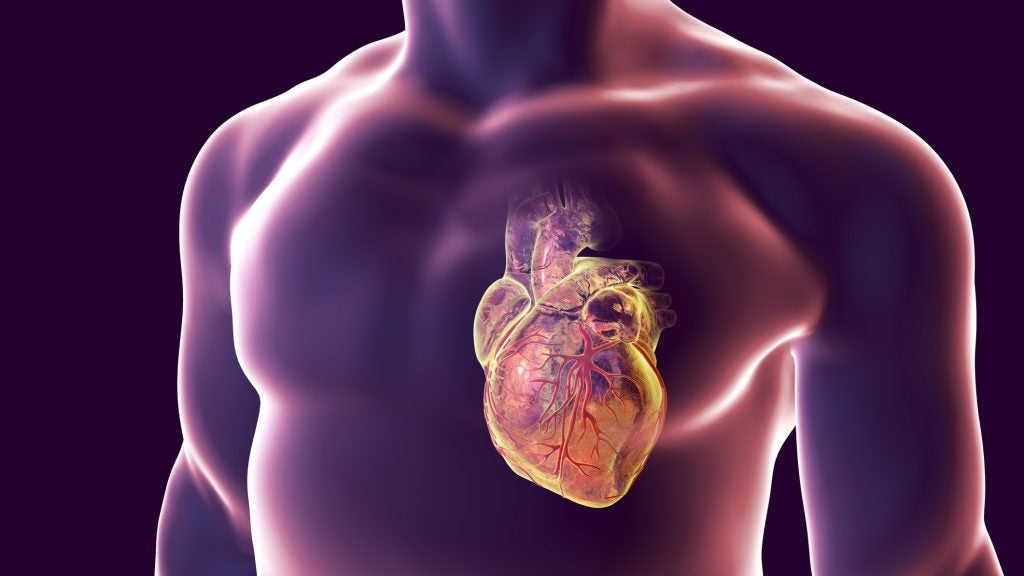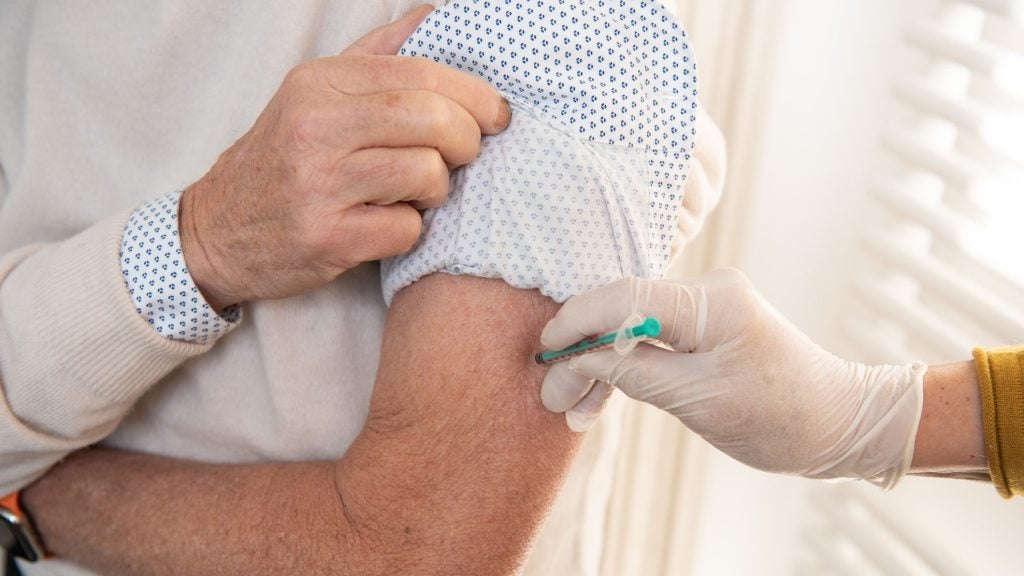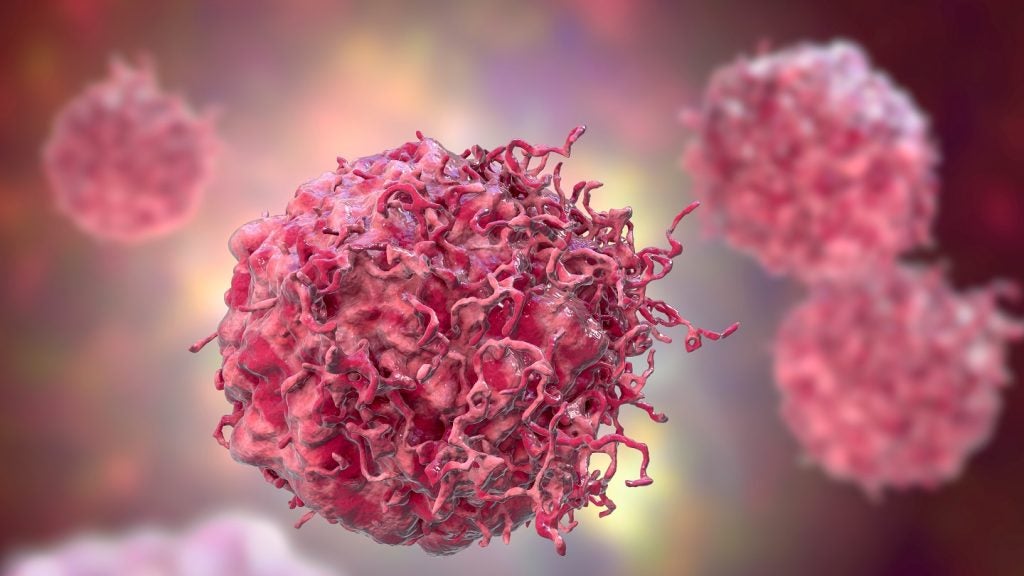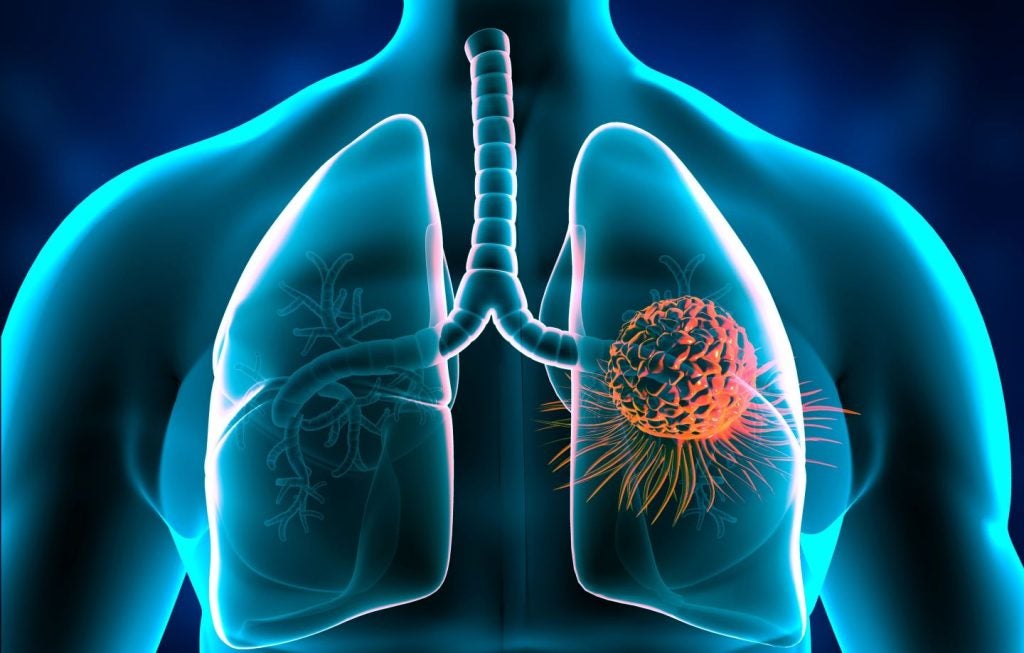Virion Therapeutics has dosed the first patients in a Phase Ib trial investigating VRON-0200 as a functional cure for chronic Hepatitis B virus (HBV) infection.
The first-in-human study (NCT06070051) plans to enrol 48 patients at sites in Hong Kong and New Zealand. Additional sites are planned to open in the US.
The company stated that initial data from the study is expected early next year.
The programme is being conducted with the aid of joint venture partner Ocean Biomedical. The two companies joined forces earlier in October.
VRON-0200 uses one of Virion’s checkpoint modifiers to amplify and broaden a patient’s T cell response against HBV infection. The candidate, which is administered via intramuscular injection, aims to combat immune exhaustion. During preclinical studies, the drug demonstrated an ability to switch on T cells that are not usually activated during a chronic HBV infection.
The World Health Organisation (WHO) estimated that, globally, 296 million people are living with chronic HBV infection. Currently, there is no cure available for the virus, with the standard of care being antiviral therapy – of which there are seven US Food and Drug Administration (FDA)-approved drugs.
There are other ongoing trials investigating functional cures for Hepatitis B. AMRS Research Centre and Gilead Sciences both have combination therapies in respective Phase II trials.
Professor of Medicine at the Chinese University of Hong Kong (CUHK), and a principal investigator in the VRON-0200 study, Dr Grace Wong said: “Novel treatments that can control or potentially cure chronic HBV infection, that are easy to administer, and are well tolerated, alone, or in combination with other treatments, are in high need.”
Virion CEO Dr Andrew Luber added: “This first study, using our first checkpoint modifier, gD, not only benefits patients with chronic hepatitis B, but also, provides useful information for our proprietary platform technologies and pipeline, including VRON-0300, which is in development for patients with advanced solid tumours.”


